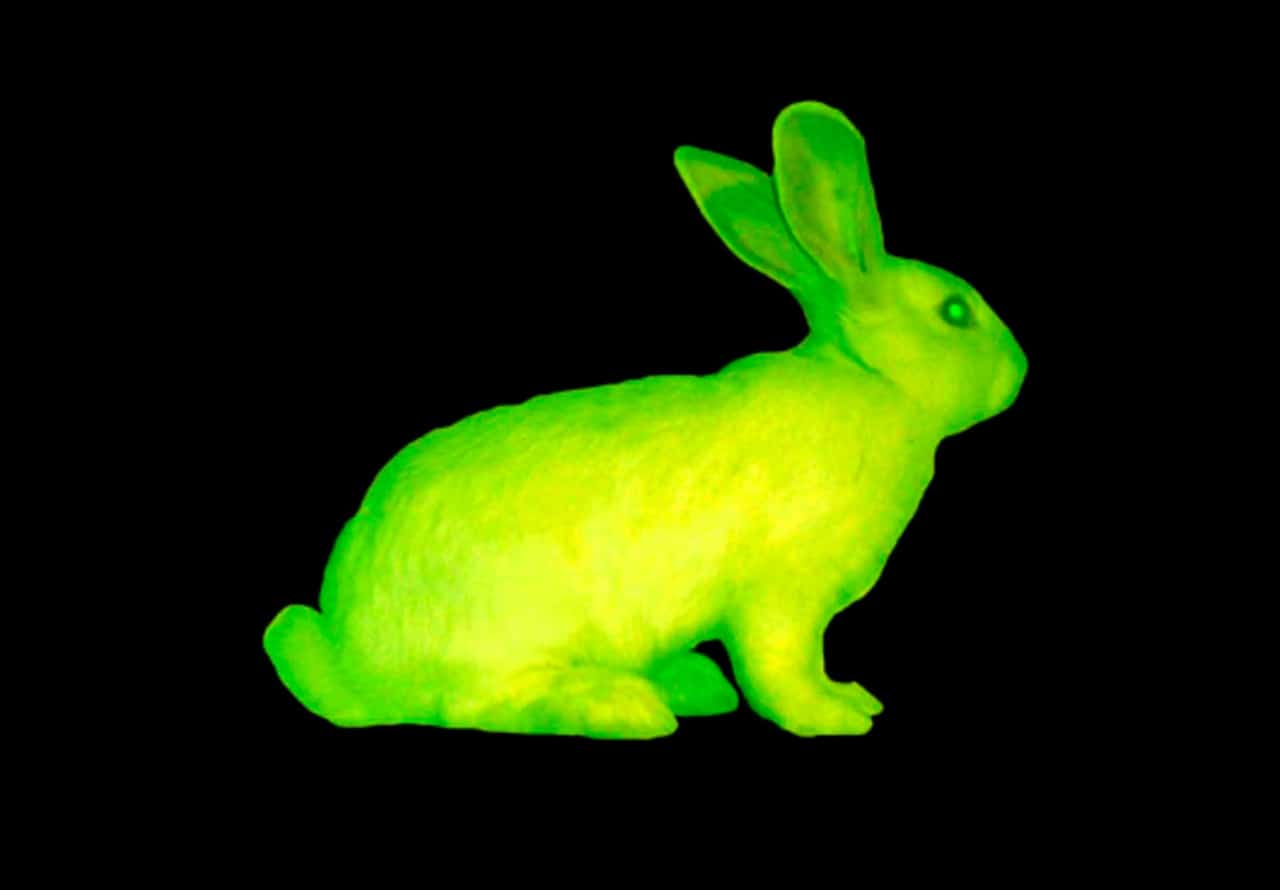Week 6: BioTech & Art
The lesson this week showed me how biotechnology art challenges our traditional perceptions of art and science and encourages us to further explore the possibilities of combining the two fields. It was interesting to explore how artists have been utilizing biotechnology in their work, using living organisms as their medium, and exploring the boundaries between what is considered art and what is considered life.
Another artist who has utilized biotechnology in her work is Marta De Menezes, who created a series of artworks exploring the idea of life and death. One interesting artwork was when she injected a piece of her skin with a bacterial culture, allowing the bacteria to grow. It created a living organism that was her yet not her, exploring ethical questions surrounding biotechnology. As a result, her work explores the idea of identity and the relationship between living organisms while raising awareness about the impact of biotechnology on our lives.
These types of artists utilize biotechnology to explore and challenge our understanding of life. Through their work, they are pushing the boundaries of what is considered art. They are demonstrating how biotechnology can be a powerful tool for artistic expression. I believe that as biotechnology continues to advance, it will be exciting to see the new and innovative ways in which artists will continue to use biotechnology to create thought-provoking and impactful works of art.
Sources
Fleerackers, Alice. “WORKS – Art's Work in the Age of Biotechnology.” Art the Science, 7 January 2020, https://artthescience.com/magazine/2020/01/07/works-arts-work-biotechnology/. Accessed 12 May 2023.
Levy, Ellen K. "Defining Life: Artists Challenge Conventional Classifications." (2007).
Miranda, Carolina A. “Weird Science: Biotechnology as Art Form – ARTnews.com.” ARTnews.com, 18 March 2013, https://www.artnews.com/art-news/news/biotechnology-as-art-form-2184/. Accessed 12 May 2023.
Peterschmidt, D. “This Biotech Artist Wants Scientists To Think About Their Creations.” Science Friday, 28 May 2020, https://www.sciencefriday.com/articles/biotech-artist/. Accessed 12 May 2023.
Ranjan, Rashi. “'Art's Work in the Age of Biotechnology' displays interaction of science and art.” The Pitt News, 2 April 2021, https://pittnews.com/article/164705/arts-and-entertainment/arts-work-in-the-age-of-biotechnology-displays-interaction-of-science-and-art/. Accessed 12 May 2023.
Images
Allegheny Art Galleries. “Marta de Menezes — ALLEGHENY ART GALLERIES.” ALLEGHENY ART GALLERIES, https://www.alleghenyartgalleries.com/marta-de-menezes. Accessed 12 May 2023.
Making The Visible. “Eduardo Kac - Making The Visible.” Making The Visible, http://makingthevisible.weebly.com/eduardo-kac.html. Accessed 12 May 2023.
Pandilovski, Melentie. “The Biotech species.” Artlink Magazine, 1 September 2014, https://www.artlink.com.au/articles/4205/the-biotech-species/. Accessed 12 May 2023.


.jpg)

Hi Kristie, this week I was also amazed by Eduardo Kac's GFP Bunny artwork. It was interesting to explore how BioTech artists use living organisms as their creative medium, but I could not help but question the ethicality of their work. If living organisms like bunnies are used, at what point will we use humans? What boundaries should mankind draw in this realm?
ReplyDelete